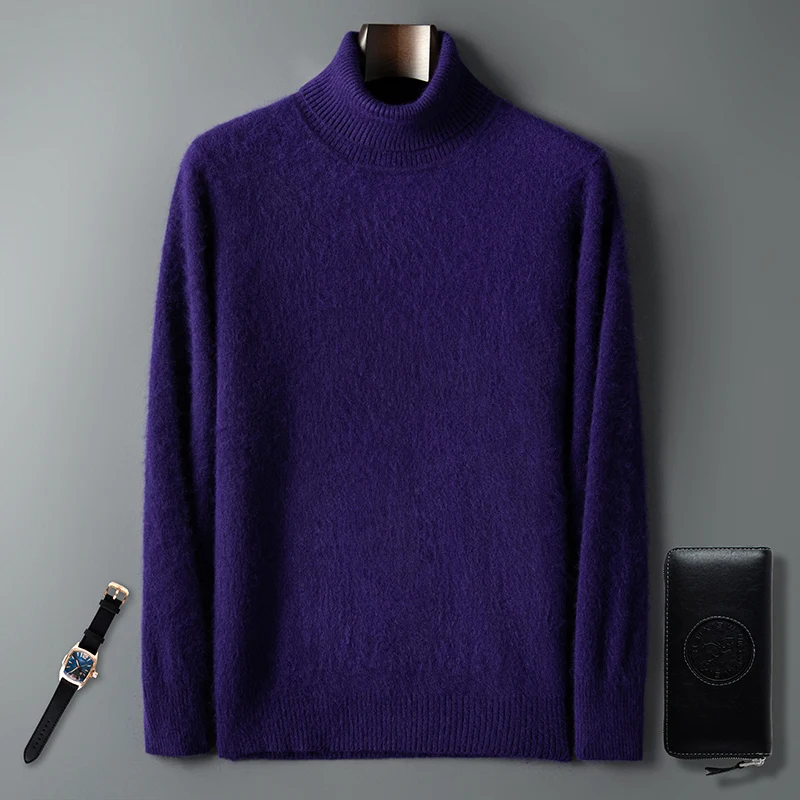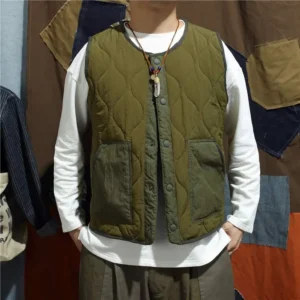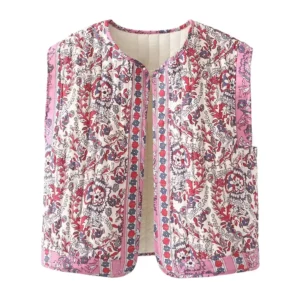Cashmere isn’t just for winter—it’s a versatile fabric that can enhance your wardrobe throughout the year. The natural properties of premium cashmere make it uniquely suited for those in-between seasons when temperatures fluctuate throughout the day. Unlike traditional wool, quality cashmere provides warmth without bulk, making it perfect for creating stylish layered looks during spring and fall.
When strategically incorporated into your wardrobe, cashmere becomes an essential element for transitional weather. Its exceptional temperature-regulating abilities keep you comfortable whether you’re facing crisp mornings or warmer afternoons. Throughout this guide, you’ll discover practical techniques for incorporating cashmere into your spring and fall wardrobe, creating sophisticated layered looks that are both functional and fashionable.
The art of cashmere in transitional weather extends beyond simply throwing on a sweater—it’s about creating thoughtful combinations that adapt to changing conditions while maintaining your personal style.
Understanding Cashmere’s Seasonal Versatility: Why It Works Beyond Winter
Cashmere’s remarkable adaptability to different seasons comes from its unique fiber structure. Unlike ordinary wool, cashmere fibers have a hollow core that creates natural insulation without excessive weight or bulk. This structure allows cashmere to trap warm air close to the body in cooler temperatures while remaining breathable when temperatures rise.
Many people mistakenly believe cashmere is exclusively for cold weather, but science tells us otherwise. Premium cashmere fibers—typically under 16 microns in thickness—create a fabric that’s approximately eight times warmer than sheep’s wool while weighing significantly less. This exceptional weight-to-warmth ratio is why cashmere excels in fluctuating temperatures.
What makes quality cashmere truly special for transitional weather is its ability to:
- Regulate temperature by responding to your body’s changing needs
- Wick moisture away from the skin, keeping you dry and comfortable
- Breathe naturally, preventing overheating as temperatures rise
- Provide insulation without the heaviness of traditional wool garments
These properties make cashmere uniquely suited for year-round cashmere comfort, especially during transitional seasons when a single day might require adapting to multiple temperature changes. The natural elasticity of fine cashmere fibers also allows garments to maintain their shape through repeated wear, making them ideal for frequent use during unpredictable spring and fall weather.
Essential Cashmere Pieces for Transitional Weather
Creating a versatile transitional wardrobe starts with investing in the right cashmere pieces. When selecting items for layering, focus on different weights and styles that can work together to create multiple outfits.
Lightweight Options (Perfect for Spring and Early Fall)
- Fine-gauge pullovers and crew necks (14-16 gauge)
- Cashmere tees and short-sleeve sweaters
- Lightweight cardigans that can be easily buttoned or unbuttoned
- Cashmere tanks and shells for base layering
Medium-Weight Options (Ideal for Mid-Fall and Late Spring)
- Mid-gauge V-necks and boat necks (12-14 gauge)
- Classic cardigans with versatile styling options
- Cashmere vests that add warmth without bulk to the arms
Accessories and Specialty Pieces
- Wraps and stoles that can be draped in multiple ways
- Lightweight cashmere scarves in various dimensions
- Cashmere-blend blazers for sophisticated layering
When building your transitional cashmere collection, prioritize versatile neutral colors that can be mixed and matched easily, then add seasonal accent pieces to refresh your looks. Lightweight cashmere essentials form the foundation of a successful transitional wardrobe, offering the flexibility to adapt to changing temperatures.
Estate Cloth’s cashmere sweaters and cashmere vests are specifically designed with transitional weather in mind, featuring premium Grade A cashmere fibers that maintain their integrity throughout repeated wearings and seasonal transitions.
Fundamental Layering Principles with Cashmere
Effective cashmere layering follows a simple but strategic system that allows for easy adjustment as temperatures change throughout the day:
- Base Layer – Choose thin, lightweight cashmere or cashmere-blend pieces that sit close to the skin and provide initial warmth while wicking moisture
- Mid Layer – Add medium-weight cashmere pieces that offer insulation and can be removed or added as needed
- Outer Layer – Incorporate lightweight jackets, blazers, or structured pieces that complement your cashmere layers
When layering cashmere, proper fit is crucial. Each layer should be slightly roomier than the one beneath it, allowing for comfort and movement without adding unnecessary bulk. Pieces that are too tight will restrict movement and create an unflattering silhouette, while overly loose garments can appear sloppy when layered.
Texture variation adds visual interest to layered outfits—combine different cashmere weaves and knit patterns to create dimension. For example, pair a smooth, fine-gauge cashmere tee with a cable-knit cardigan for textural contrast.
Pay attention to proportions when layering multiple pieces. Balance volume on top with slimmer bottoms or vice versa. For example, a slightly oversized cashmere sweater works well with slim-fitting pants, while a fitted cashmere top balances wider-leg trousers or full skirts.
Learning to adapt cashmere layers to temperature shifts throughout the day allows you to remain comfortable without sacrificing style, making cashmere an invaluable component of your transitional weather wardrobe.
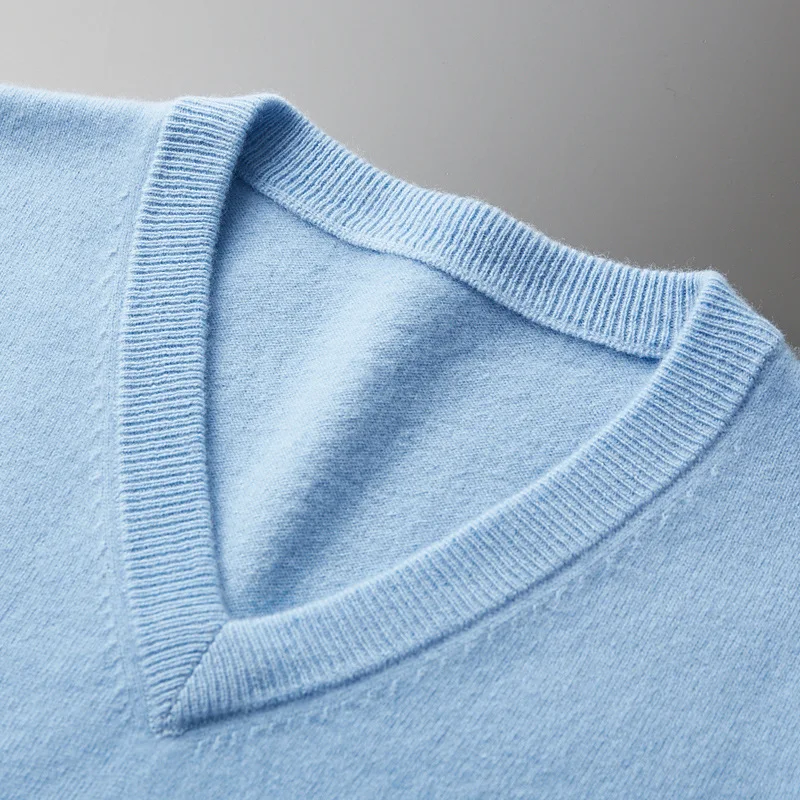
Spring Cashmere Styling Guide: Light and Refreshing Approaches
Spring layering with cashmere focuses on light, versatile pieces that can be easily added or removed as temperatures fluctuate. The key is creating combinations that feel fresh and seasonally appropriate while providing practical comfort.
Spring Outfit Formulas
For Cool Mornings to Mild Afternoons:
* Lightweight cashmere tee + cotton blazer + cropped pants + loafers
* Fine-gauge cashmere cardigan + silk blouse + straight-leg jeans + ballet flats
* Cashmere shell + linen overshirt + chinos + white sneakers
For Weekend Casual:
* Lightweight cashmere sweater + denim jacket + cotton skirt + espadrilles
* Cashmere hoodie + light cotton pants + canvas sneakers
* Cashmere wrap + cotton sundress + leather sandals
The spring color palette for cashmere works best when incorporating:
* Soft neutrals (oatmeal, dove gray, pale taupe)
* Pastels (lavender, mint, powder blue)
* Light earth tones (sage green, terracotta, sand)
* Bright accents (coral, yellow, aqua) for pops of seasonal color
Fabric pairings that complement spring cashmere include lightweight cotton, linen, silk, and breathable denim. These natural fibers enhance cashmere’s breathability while adding textural interest to your layered looks.
For unpredictable spring days, spring cashmere layering techniques that incorporate short-sleeve cashmere sweaters provide ultimate flexibility. These versatile pieces can be worn alone during warmer hours and layered under jackets or cardigans when temperatures drop.
Fall Cashmere Styling Guide: Rich and Cozy Combinations
Fall cashmere layering embraces richer textures and deeper colors while providing warmth for gradually cooling temperatures. The approach shifts toward creating cozy yet sophisticated combinations that can be adjusted throughout the day.
Fall Outfit Formulas
For Office and Professional Settings:
* Cashmere turtleneck + wool blazer + tailored trousers + leather boots
* Mid-weight cashmere pullover + button-down shirt + pencil skirt + ankle booties
* Cashmere cardigan + silk blouse + wide-leg pants + loafers
For Weekend and Casual Occasions:
* Cashmere crewneck + leather jacket + dark jeans + Chelsea boots
* Cashmere vest + long-sleeve tee + corduroy pants + suede sneakers
* Oversized cashmere cardigan + lightweight sweater + leggings + riding boots
The fall color palette for cashmere typically includes:
* Rich neutrals (camel, chocolate, charcoal)
* Jewel tones (burgundy, forest green, sapphire blue)
* Warm earth tones (rust, amber, olive)
* Deep accents (plum, navy, cranberry)
Fall cashmere pairs beautifully with heartier fabrics like denim, leather, suede, corduroy, and wool blends. These combinations create depth and warmth perfect for autumn weather.
Techniques for layering cropped cashmere sweaters add modern versatility to fall outfits, while cashmere turtlenecks provide a warm foundation for multiple layering options as temperatures continue to drop.
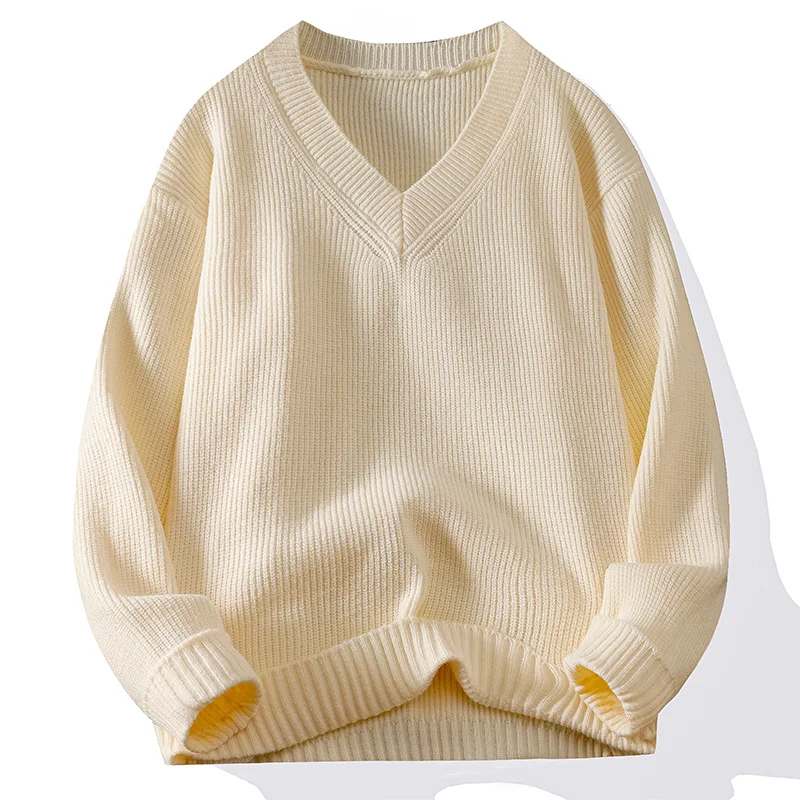
Mastering Cashmere Accessories for Added Versatility
Cashmere accessories function as temperature regulators that can be easily added or removed throughout the day, making them essential components of transitional weather dressing. These pieces allow you to adjust your warmth without changing your entire outfit.
Strategic Scarf Styling
- The Classic Drape: Simply hang the scarf around your neck for a casual, effortless look that adds a layer of warmth to your core
- The Loop: Fold a rectangular scarf in half, place it behind your neck, and pull the loose ends through the loop for a secure fit
- The Shoulder Wrap: Use a larger cashmere scarf or wrap draped over the shoulders as a light alternative to a jacket for cool evenings
Beyond Scarves
- Cashmere beanies provide warmth without overheating and can be easily stashed in a bag when not needed
- Fingerless cashmere gloves allow for dexterity while keeping hands comfortable in mild cold
- Cashmere socks create a luxurious layer of warmth for cool mornings without causing feet to overheat later
Accessories shine in transitional seasons because they’re easy to carry and deploy as needed. Keep a lightweight cashmere wrap in your bag or draped over your office chair for unexpected temperature drops without committing to a full additional layer.
These techniques for wearing cashmere in unpredictable weather make cashmere wrap sweaters particularly valuable additions to your transitional wardrobe, offering multiple styling options in a single versatile piece.
Cashmere Wrap Sweaters, Women's Cashmere Pullovers
$75.89 Select options This product has multiple variants. The options may be chosen on the product pageCashmere Cable Knit Sweaters, Women's Cashmere Pullovers
Price range: $111.82 through $112.93 Select options This product has multiple variants. The options may be chosen on the product page- Price range: $171.47 through $181.33 Select options This product has multiple variants. The options may be chosen on the product page
Cropped Cashmere Sweaters, Women's Cashmere Pullovers
$155.77 Select options This product has multiple variants. The options may be chosen on the product page- Price range: $87.29 through $91.47 Select options This product has multiple variants. The options may be chosen on the product page
Oversized Cashmere Sweaters, Plus Size Cashmere Sweaters, Women's V-Neck Cashmere Sweaters
$136.87 Select options This product has multiple variants. The options may be chosen on the product page
Expert Tips: Care and Maintenance for Seasonal Cashmere
Proper cashmere care becomes especially important during transitional seasons when pieces may be worn frequently and stored intermittently. Following these maintenance practices ensures your investment pieces remain beautiful throughout season changes:
Quick Care for Active Rotation Pieces
- Allow cashmere to rest at least 24 hours between wearings
- Spot clean minor spills immediately with cool water and mild soap
- Remove pills gently with a cashmere comb or fabric shaver
- Air out cashmere items after wearing before storing to release moisture and odors
Between-Season Storage
- Clean all cashmere thoroughly before storing for off-seasons
- Store folded (never hung) in breathable cotton storage bags
- Add natural moth deterrents like cedar or lavender sachets
- Store in cool, dry places away from direct sunlight
- Check stored items periodically for any signs of pests
Eco-Friendly Care Practices
- Wash cashmere sparingly using cool water and specialized wool wash
- Air-dry flat on a clean towel away from direct heat or sunlight
- Refresh between wearings with a light steam rather than washing
- Choose biodegradable wool wash products without harsh chemicals
These practices not only extend the life of your cashmere but also reduce environmental impact through less frequent washing and energy use. Understanding whether cashmere should be hung or folded is particularly important for maintaining the integrity of these fine garments through seasonal transitions.
Overcoming Common Cashmere Layering Challenges
Even with cashmere’s natural benefits, certain challenges can arise when layering these luxury pieces. Here are solutions to the most common issues:
Managing Bulk
- Choose fine-gauge cashmere for layers closest to the body
- Tuck in base layers to reduce fabric bunching
- Opt for cashmere blends with a touch of stretch when layering multiple pieces
- Select cropped or shorter pieces to layer under longer ones
Eliminating Static
- Use a small amount of static spray on inner layers
- Keep a travel-size static roller in your bag during dry weather
- Moisturize skin to reduce static transfer to cashmere
- Apply lotion to hands before handling cashmere layers
Adapting to Sudden Weather Changes
- Roll sleeves or push them up rather than removing layers entirely
- Master the “shoulder drape” technique with cardigans and wraps
- Carry a compact cashmere accessory that can add warmth without bulk
- Layer different weights of cashmere rather than adding non-cashmere fabrics
Travel Solutions
- Choose wrinkle-resistant cashmere pieces for packing
- Roll rather than fold cashmere items in luggage
- Pack multiple thin layers rather than fewer thick ones
- Include versatile cashmere accessories that take minimal space
These techniques help you master your cashmere transitional wardrobe while overcoming the typical challenges that come with layering finer knits during changeable weather conditions.
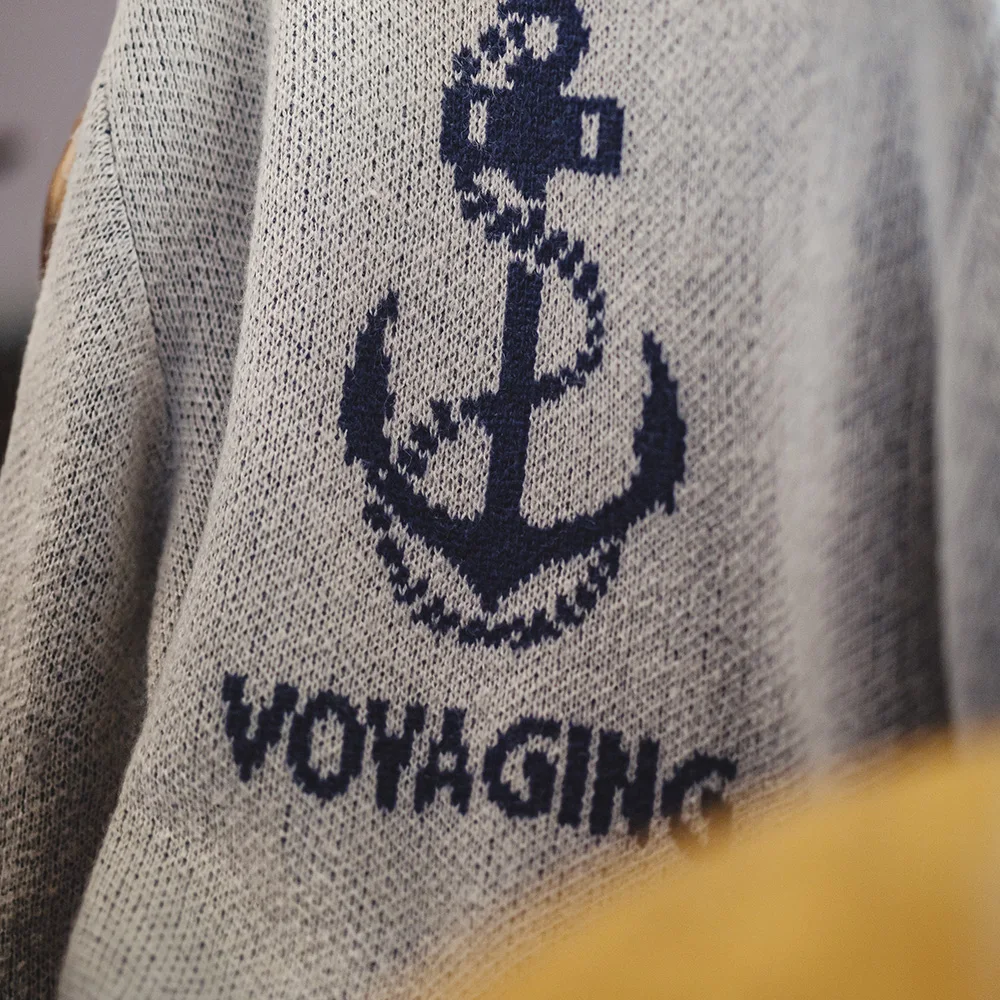
Is Cashmere Worth the Investment for Transitional Seasons?
When considering cashmere for spring and fall wardrobes, the question of value naturally arises. Is premium cashmere truly worth the investment for seasons when you might wear it less frequently than winter?
Cost-Per-Wear Value
Quality cashmere pieces, when properly cared for, can last for many years—often 10+ years with good maintenance. When you calculate the cost per wearing across multiple seasons, the value becomes clear. For example, a $300 cashmere sweater worn twice weekly during spring and fall months (approximately 32 wearings per year) for five years comes to less than $2 per wearing.
Quality vs. Budget Alternatives
Lower-cost “cashmere” often uses shorter, thicker fibers that pill quickly, lose shape, and fail to provide the temperature-regulating benefits of true premium cashmere. While the initial investment is higher for quality pieces, they typically outlast budget alternatives by years, making them more economical long-term.
Sustainability Benefits
Investment-quality cashmere represents sustainable consumption at its best:
* Longevity reduces the need for frequent replacements
* Natural fibers biodegrade at end-of-life unlike synthetic alternatives
* Versatile, timeless pieces require fewer total garments in your wardrobe
* Quality construction reduces waste from disposable fashion
Recognizing Quality Worth the Investment
Look for these indicators when selecting cashmere for transitional seasons:
* Soft yet substantial feel with natural elasticity
* Clearly defined knit stitches without fuzzing
* Tight, even construction at seams and finishing
* Grade A cashmere labeling (indicating longer, finer fibers)
The versatility of quality cashmere across multiple seasons makes it an especially wise investment for transitional weather. Building a timeless cashmere capsule with carefully selected pieces ensures you’ll have adaptable options for years to come, regardless of seasonal fluctuations.
By mastering the art of cashmere layering for spring and fall, you create a wardrobe that’s not only practical and comfortable but also effortlessly elegant. The natural beauty and performance of fine cashmere elevate transitional outfits while providing the adaptability needed for changeable weather, truly making it the ideal luxury fabric for year-round style.

